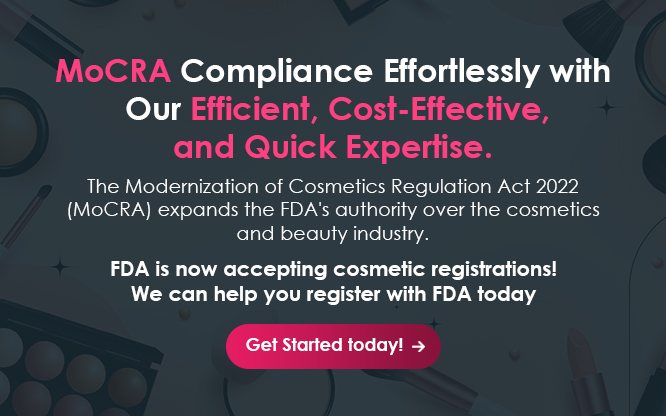South Korea, a global leader in cosmetics innovation, offers immense opportunities for brands entering the thriving K-beauty market. With strong demand and a growing consumer base, success in this market depends on aligning with the strict South Korea cosmetics regulation framework governed by the Ministry of Food and Drug Safety (MFDS).
Decoding South Korea’s Cosmetics Regulations
The MFDS cosmetic regulations classify cosmetic products into three categories, each with specific compliance requirements:

General Cosmetics

Functional Cosmetics

Quasi-Drugs
For any cosmetic product registration in South Korea, adherence to the South Korea MFDS cosmetics regulations is essential. Additionally, all imported and domestic products must comply with:
- South Korea Cosmetic Labeling Requirements: Packages must feature accurate Korean-language labels as per the MFDS cosmetic labeling requirements.
- Batch/Lot Quality Testing: Conducted based on the product category to meet cosmetics safety standards South Korea.
Freyr: Your Trusted Partner for MFDS Cosmetic Registration
Freyr offers a one-stop solution for K-beauty regulatory compliance, ensuring seamless market entry for your products. From initial classification to post-approval services, we simplify the South Korea cosmetic product registration process.
Our Expertise Includes:
Why Choose Freyr for Cosmetic Product Registration in South Korea?
Freyr’s comprehensive services ensure a hassle-free journey to K-beauty product registration
End-to-End Support
From strategy to submissions, ensuring complete compliance with South Korea cosmetics regulation.
Market Knowledge
A team of experts with profound knowledge of the K-beauty market entry landscape.
Regulatory Compliance Excellence
Expertise in formulation review, claims review, and labeling compliance.
Expertise Across Categories
Proficient in handling General Cosmetics, Functional Cosmetics, and Quasi-Drugs, including functional cosmetics registration South Korea.
Faster Approvals
Structured processes for documentation and pre-market clearance with the MFDS.
Cost-Effective Solutions
Agile and efficient strategies for achieving faster time-to-market.
Ready to enter South Korea’s booming cosmetics industry? Let Freyr make it simple and successful.
Frequently Asked Questions – Cosmetics in South Korea
- Using ingredients that are prohibited or not approved in Korea
- Making functional claims without sufficient evidence or with unapproved ingredients
- Incomplete or incorrect Korean labeling or failing to localize instructions/warnings
- Not keeping up with recent regulatory changes
- Underestimating post-market obligations or adverse event reporting









